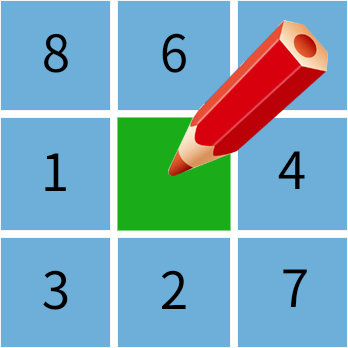在 css 中,可通過以下方法讓圖像居中:使用文本對齊屬性:將圖像設置為塊元素,并設置自動左右外邊距。使用 flexbox 布局:將圖像放入 flexbox 容器,并設置水平和垂直居中屬性。使用網格布局:將圖像放入網格容器,并設置同時水平和垂直居中屬性。使用絕對定位:將圖像從正常流中移除,設置水平居中位置和通過變換使其垂直居中。
CSS 中如何讓圖像居中
在 CSS 中,讓圖像居中可以使用多種方法:
使用文本對齊屬性
<code class="<a style='color:#f60; text-decoration:underline;' href=" https: target="_blank">css">img {
display: block;
margin: 0 auto;
}</code>
登錄后復制
display: block 使圖像成為一個塊元素。
margin: 0 auto 自動設置圖像的左右外邊距,使其在父元素中水平居中。
使用 flexbox 布局
<code class="css">.container {
display: flex;
justify-content: center;
align-items: center;
}
img {
width: 100px;
height: 100px;
}</code>
登錄后復制
創建一個 flexbox 容器(.container)。
justify-content: center 將子元素(圖像)在水平方向上居中。
align-items: center 將子元素在垂直方向上居中。
使用網格布局
<code class="css">.container {
display: grid;
place-items: center;
}
img {
width: 100px;
height: 100px;
}</code>
登錄后復制
創建一個網格容器(.container)。
place-items: center 將子元素(圖像)同時在水平和垂直方向上居中。
使用絕對定位
<code class="css">img {
position: absolute;
left: 50%;
transform: translate(-50%, -50%);
}</code>
登錄后復制
使用絕對定位將圖像從其正常流中移除。
left: 50% 將圖像水平居中,但它將相對于其父元素的左邊界居中。
transform: translate(-50%, -50%) 將圖像向左和向上移動其自身寬高的 50%,從而在父元素中居中。






